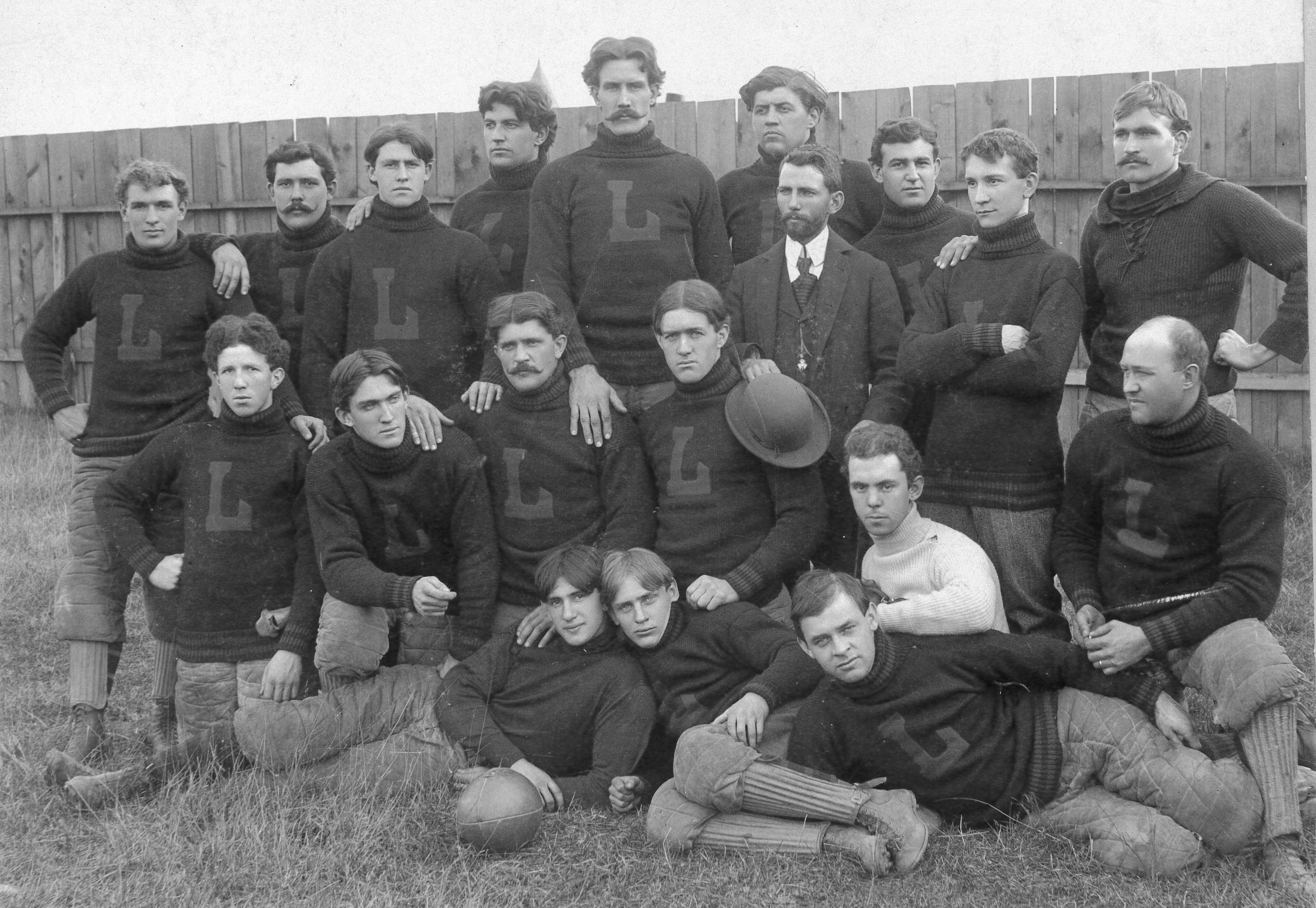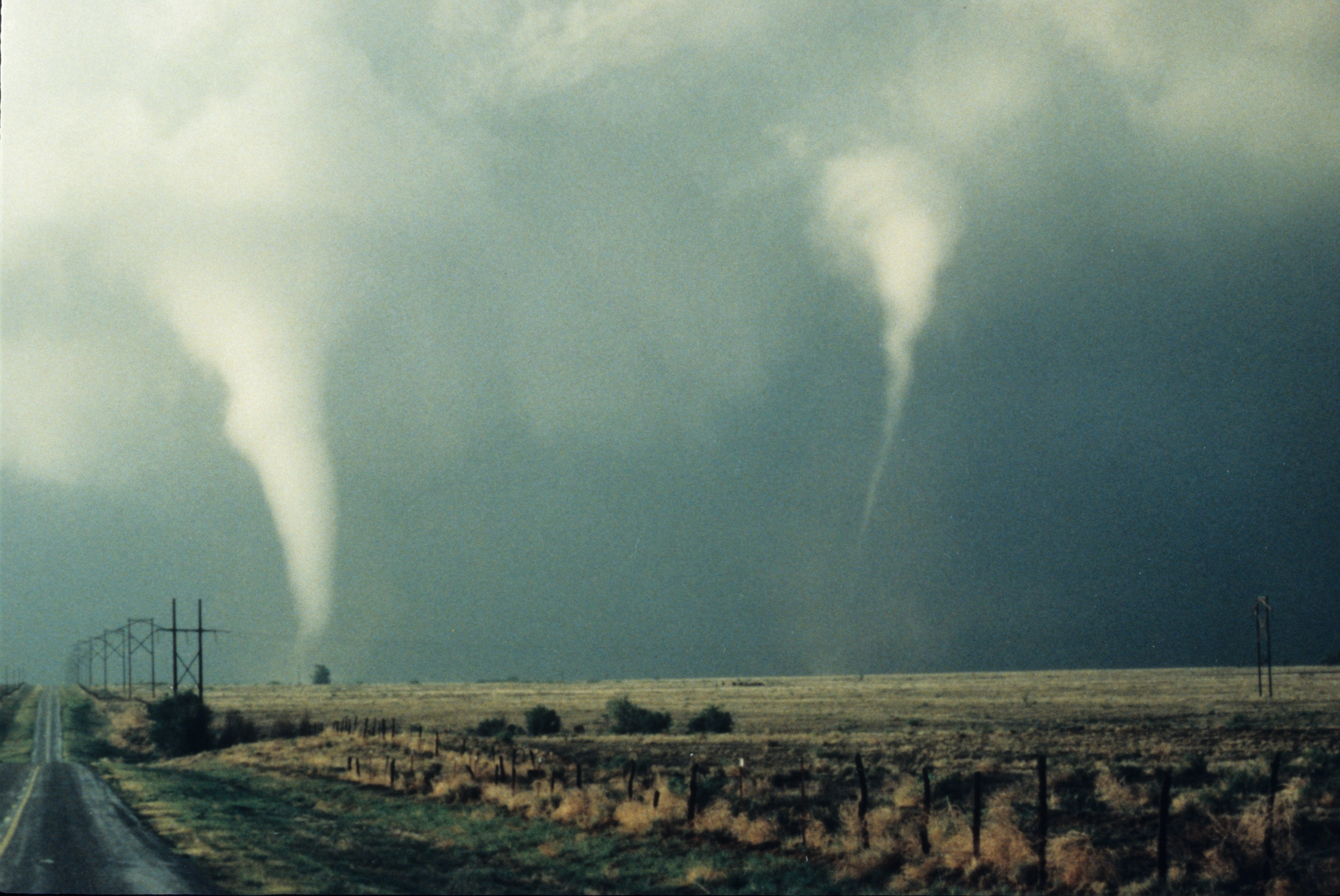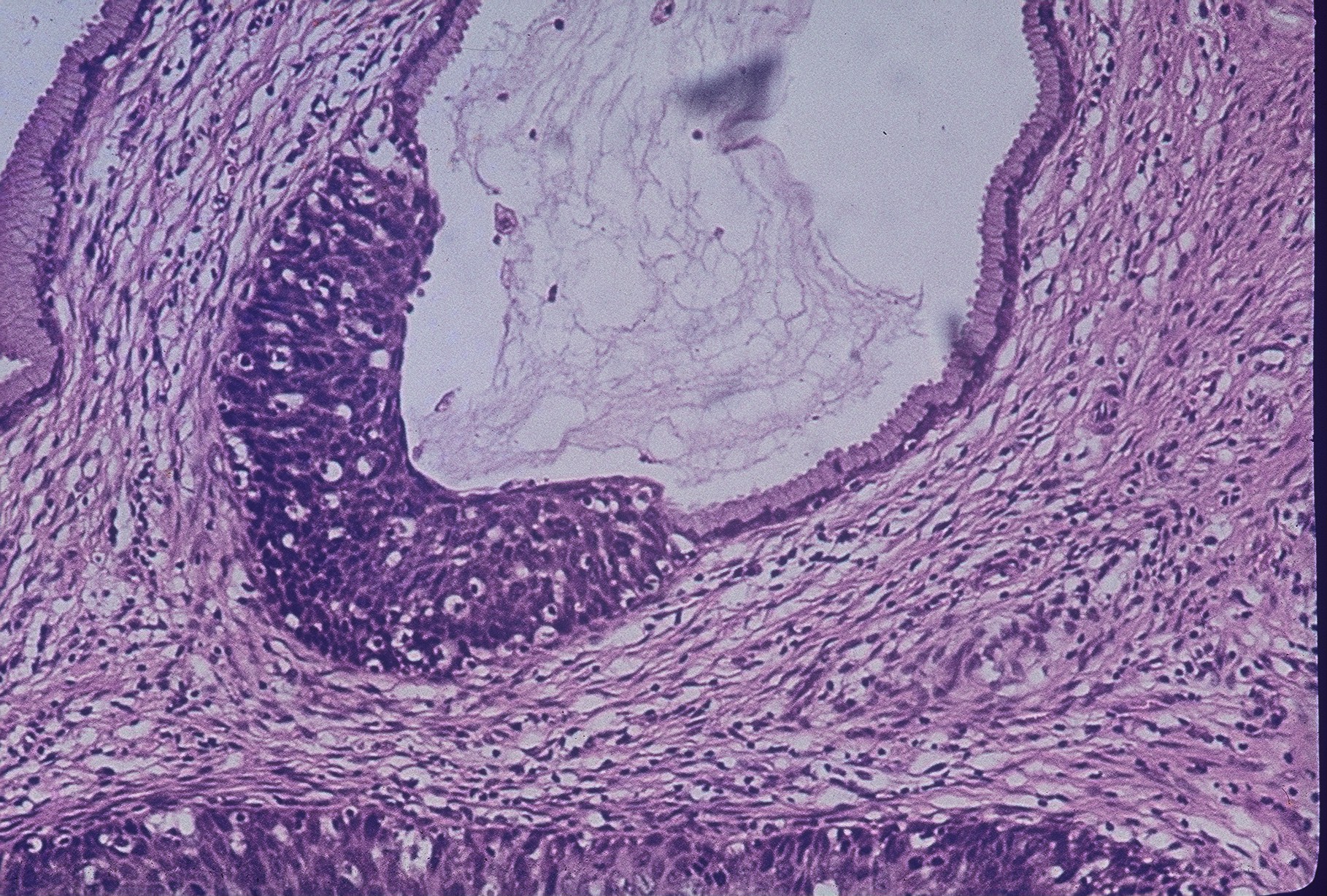|
Gregory S. Forbes
Gregory Stanley Forbes (born August 22, 1950) is The Weather Channel's long-time severe weather expert and has a significant research background in the areas of severe convective storms and tornadoes. Born and raised near Latrobe, Pennsylvania, Forbes earned a B.S. degree in meteorology at Pennsylvania State University (PSU). He studied tornadoes and severe thunderstorms at the University of Chicago, where he obtained his M.S. and Ph.D. There, Forbes studied under famous tornado scientist Ted Fujita and his thesis was regarding the 1974 Super Outbreak where he and Fujita did aerial and ground investigations documenting tornado paths and furthering ideas of the tornado family and of multiple-vortex tornadoes. It was with those data he confirmed in a 1981 article that the hook echo is an excellent clue on a weather radar for the development of tornadoes. Forbes served as field manager for the Project NIMROD, the first measurement program to study damaging thunderstorm winds from d ... [...More Info...] [...Related Items...] OR: [Wikipedia] [Google] [Baidu] |
Latrobe, Pennsylvania
Latrobe is a city in Westmoreland County, Pennsylvania, in the United States and part of the Pittsburgh metropolitan area. The city population was 8,338 as of the 2010 census (9,265 in 1990). It is located near Pennsylvania's scenic Chestnut Ridge (Laurel Highlands), Chestnut Ridge. Latrobe was incorporated as a Borough (Pennsylvania), borough in 1854, and as a city in 1999. The current mayor is Rosemarie M. Wolford. Latrobe is the home of the Latrobe Brewing Company, Latrobe Brewery (the original brewer of Rolling Rock beer). Latrobe was the home of golfer Arnold Palmer. It was the birthplace and childhood home of children's television personality Fred Rogers. The banana split was invented there by David Strickler in 1904. Latrobe is also home to the Training camp (National Football League), training camp of the Pittsburgh Steelers. Latrobe was long recognized as the site of the first professional American football game in 1895 until research found an 1892 game with paid players ... [...More Info...] [...Related Items...] OR: [Wikipedia] [Google] [Baidu] |
Tornado Family
A tornado family is a series of tornadoes spawned by the same supercell thunderstorm. These families form a line of successive or parallel tornado paths and can cover a short span or a vast distance. Tornado families are sometimes mistaken as a single continuous tornado, especially prior to the 1970s. Sometimes the tornado tracks can overlap and expert analysis is necessary to determine whether or not damage was created by a family or a single tornado. In some cases, such as the March 1990 Central US tornado outbreak, Hesston-Goessel, Kansas tornadoes of March 1990, different tornadoes of a tornado family merge, making discerning whether an event was continuous or not more difficult. Some tornado damage remains a mystery even today due to a lack of evidence. The Tri-State Tornado of March 1925 was one such event. It could either have been the longest single tornado recorded or a family of tornadoes. A thorough re-analyses project found that it was probably one continuous tornado for ... [...More Info...] [...Related Items...] OR: [Wikipedia] [Google] [Baidu] |
Living People
Related categories * :Year of birth missing (living people) / :Year of birth unknown * :Date of birth missing (living people) / :Date of birth unknown * :Place of birth missing (living people) / :Place of birth unknown * :Year of death missing / :Year of death unknown * :Date of death missing / :Date of death unknown * :Place of death missing / :Place of death unknown * :Missing middle or first names See also * :Dead people * :Template:L, which generates this category or death years, and birth year and sort keys. : {{DEFAULTSORT:Living people 21st-century people People by status ... [...More Info...] [...Related Items...] OR: [Wikipedia] [Google] [Baidu] |
Cancer Screening
Cancer screening aims to detect cancer before symptoms appear. This may involve blood tests, urine tests, DNA tests, other tests, or medical imaging. The benefits of screening in terms of cancer prevention, early detection and subsequent treatment must be weighed against any harms. Universal screening, also known as mass screening or population screening, involves screening everyone, usually within a specific age group. Selective screening identifies people who are known to be at higher risk of developing cancer, such as people with a family history of cancer. Screening can lead to false positive results and subsequent invasive procedures. Screening can also lead to false negative results, where an existing cancer is missed. Controversy arises when it is not clear if the benefits of screening outweigh the risks of the screening procedure itself, and any follow-up diagnostic tests and treatments. Screening tests must be effective, safe, well tolerated with acceptably low rates o ... [...More Info...] [...Related Items...] OR: [Wikipedia] [Google] [Baidu] |
General Medical Examination
In a physical examination, medical examination, or clinical examination, a medical practitioner examines a patient for any possible medical signs or symptoms of a medical condition. It generally consists of a series of questions about the patient's medical history followed by an examination based on the reported symptoms. Together, the medical history and the physical examination help to determine a diagnosis and devise the treatment plan. These data then become part of the medical record. Types Routine The ''routine physical'', also known as ''general medical examination'', ''periodic health evaluation'', ''annual physical'', ''comprehensive medical exam'', ''general health check'', ''preventive health examination'', ''medical check-up'', or simply ''medical'', is a physical examination performed on an asymptomatic patient for medical screening purposes. These are normally performed by a pediatrician, family practice physician, physician assistant, a certified nurse pract ... [...More Info...] [...Related Items...] OR: [Wikipedia] [Google] [Baidu] |
Public Service Announcement
A public service announcement (PSA) is a message in the public interest disseminated by the media without charge to raise public awareness and change behavior. In the UK, they are generally called a public information film (PIF); in Hong Kong, they are known as an announcement in the public interest (API). History The earliest public service announcements (in the form of moving pictures) were made before and during the Second World War years in both the UK and the US. In the UK, amateur actor Richard Massingham set up Public Relationship Films Ltd in 1938 as a specialist agency for producing short educational films for the public. In the films, he typically played a bumbling character who was slightly more stupid than average and often explained the message of the film by demonstrating the risks if it was ignored. The films covered topics such as how to cross the road, how to prevent the spread of diseases, how to swim, and how to drive without causing the road to be unsafe for ... [...More Info...] [...Related Items...] OR: [Wikipedia] [Google] [Baidu] |
Colon Cancer
Colorectal cancer (CRC), also known as bowel cancer, colon cancer, or rectal cancer, is the development of cancer from the colon or rectum (parts of the large intestine). Signs and symptoms may include blood in the stool, a change in bowel movements, weight loss, and fatigue. Most colorectal cancers are due to old age and lifestyle factors, with only a small number of cases due to underlying genetic disorders. Risk factors include diet, obesity, smoking, and lack of physical activity. Dietary factors that increase the risk include red meat, processed meat, and alcohol. Another risk factor is inflammatory bowel disease, which includes Crohn's disease and ulcerative colitis. Some of the inherited genetic disorders that can cause colorectal cancer include familial adenomatous polyposis and hereditary non-polyposis colon cancer; however, these represent less than 5% of cases. It typically starts as a benign tumor, often in the form of a polyp, which over time becomes cancerous. ... [...More Info...] [...Related Items...] OR: [Wikipedia] [Google] [Baidu] |
Fujita Scale
The Fujita scale (F-Scale; ), or Fujita–Pearson scale (FPP scale), is a scale for rating tornado intensity, based primarily on the damage tornadoes inflict on human-built structures and vegetation. The official Fujita scale category is determined by meteorologists and engineers after a ground or aerial damage survey, or both; and depending on the circumstances, ground-swirl patterns (cycloidal marks), weather radar data, witness testimonies, media reports and damage imagery, as well as photogrammetry or videogrammetry if motion picture recording is available. The Fujita scale was replaced with the Enhanced Fujita scale (EF-Scale) in the United States in February 2007. In April 2013, Canada adopted the EF-Scale over the Fujita scale along with 31 "Specific Damage Indicators" used by Environment Canada (EC) in their ratings. Background The scale was introduced in 1971 by Ted Fujita of the University of Chicago, in collaboration with Allen Pearson, head of the National Sev ... [...More Info...] [...Related Items...] OR: [Wikipedia] [Google] [Baidu] |
Enhanced Fujita Scale
The Enhanced Fujita scale (abbreviated as EF-Scale) rates tornado intensity based on the severity of the damage they cause. It is used in some countries, including the United States, Canada, China, and Mongolia. The Enhanced Fujita scale replaced the decommissioned Fujita scale that was introduced in 1971 by Ted Fujita. Operational use began in the United States on February 1, 2007, followed by Canada on April 1, 2013. It has also been proposed for use in France. The scale has the same basic design as the original Fujita scale—six intensity categories from zero to five, representing increasing degrees of damage. It was revised to reflect better examinations of tornado damage surveys, in order to align wind speeds more closely with associated storm damage. Better standardizing and elucidating what was previously subjective and ambiguous, it also adds more types of structures and vegetation, expands degrees of damage, and better accounts for variables such as differences in con ... [...More Info...] [...Related Items...] OR: [Wikipedia] [Google] [Baidu] |
Microbursts
In meteorology, a downburst is a strong downward and outward gushing wind system that emanates from a point source above and blows Rotational symmetry, radially, that is, in straight lines in all directions from the area of impact at surface level. Capable of producing damaging winds, it may sometimes be confused with a tornado, where high-velocity winds circle a central area, and air moves inward and upward. These usually last for seconds to minutes. Downbursts are particularly strong Updraft and Downdraft, downdrafts within thunderstorms (or deep, moist convection as sometimes downbursts emanate from Cumulonimbus cloud, cumulonimbus or even Cumulus congestus cloud, cumulus congestus clouds that are not producing lightning). Downbursts are most often created by an area of significantly precipitation-cooled air that, after reaching the surface (Subsidence (atmosphere), subsiding), spreads out in all directions producing strong winds. Dry downbursts are associated with thunderst ... [...More Info...] [...Related Items...] OR: [Wikipedia] [Google] [Baidu] |
Straight-line Winds
In meteorology, a downburst is a strong downward and outward gushing wind system that emanates from a point source above and blows radially, that is, in straight lines in all directions from the area of impact at surface level. Capable of producing damaging winds, it may sometimes be confused with a tornado, where high-velocity winds circle a central area, and air moves inward and upward. These usually last for seconds to minutes. Downbursts are particularly strong downdrafts within thunderstorms (or deep, moist convection as sometimes downbursts emanate from cumulonimbus or even cumulus congestus clouds that are not producing lightning). Downbursts are most often created by an area of significantly precipitation-cooled air that, after reaching the surface ( subsiding), spreads out in all directions producing strong winds. Dry downbursts are associated with thunderstorms that exhibit very little rain, while wet downbursts are created by thunderstorms with significant amounts o ... [...More Info...] [...Related Items...] OR: [Wikipedia] [Google] [Baidu] |
Project NIMROD
Project NIMROD (Northern Illinois Meteorological Research On Downburst) was a meteorological field study of severe thunderstorms and their damaging winds conducted by the National Center for Atmospheric Research (NCAR). It took place in the Greater Chicago area from May 15 to June 30, 1978. Data collected was from single cell thunderstorms as well as mesoscale convective systems, such as bow echoes. Using Doppler weather radars and damage clues on the ground, the team studied mesocyclones, downbursts and gust fronts. NIMROD was the first time that microbursts, very localized strong downdrafts under thunderstorms, were detected; this helped improve airport and public safety by the development of systems like the Terminal Doppler Weather Radar and the Low-level windshear alert system. Description The project was set up by Ted Fujita and Ramesh Srivastava from the University of Chicago, with research assistants from the university Roger Wakimoto and Gregory S. Forbes helping, alo ... [...More Info...] [...Related Items...] OR: [Wikipedia] [Google] [Baidu] |






